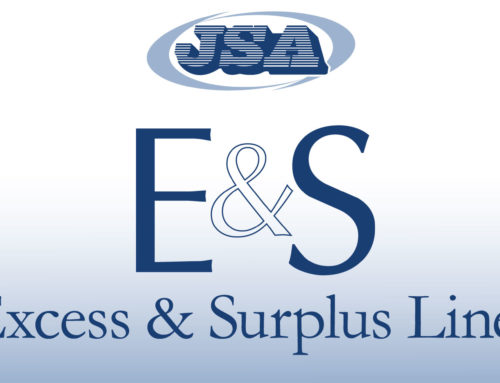Dear Chris,
Can you please explain the difference between a commercial general liability policy and a garage liability policy?
– Leery of Liability
Dear Leery,
I get this question a lot when company underwriters want to use a commercial general liability (CGL) form to insure a garage operation. For years, we placed all garages, service stations, repair shops, and auto dealerships on a garage form, because the CGL contained a garage exclusion. As time passed, however, many traditional service stations and repair shops were replaced by convenience stores and other types of retail operations, so ISO changed their rules so that only auto dealerships (new or used, franchise or independent) were written on the ISO garage liability form.
The problem nowadays is there’s no consistency, and everyone is confused – some companies write garage exposures on the CGL form with amendatory endorsements, and others use the garage form.
The important thing is to understand the basic differences between the two forms. The CGL form is used most commonly to cover liability exposures of manufacturers, contractors, mercantile, apartments, and offices, and provides coverage for premises and operations, as well as products and completed ops, personal and advertising injury, and medical payments. There is no auto coverage in the CGL.
The garage policy, on the other hand, is more limited in scope and provides liability coverage for garage operations, as well as liability arising out of ownership, maintenance, and use of covered autos. The garage policy also includes premises liability coverage and can be endorsed to add coverages typically found in the CGL, such as damage to rented premises, or personal and advertising injury. The benefit of a garage liability policy is that the insured only needs one policy to cover both the general liability and auto liability exposures. Physical damage coverage for customers’ autos for a service operation, or owned autos for a dealer operation can be added, as well.
For each individual risk, there are pros and cons to using each form, so it’s important to ask questions and determine exactly what the insured does and what their particular exposures are. Then you can decide which coverage form is most appropriate.
Please understand, this is just a quick overview of the differences between the two forms. There are lots of detailed articles out there on this question, and I would recommend talking to your company underwriters about their approach to this question. Or, you can always CALL ME, and I’ll be happy to help!
XOXO,
Chris







